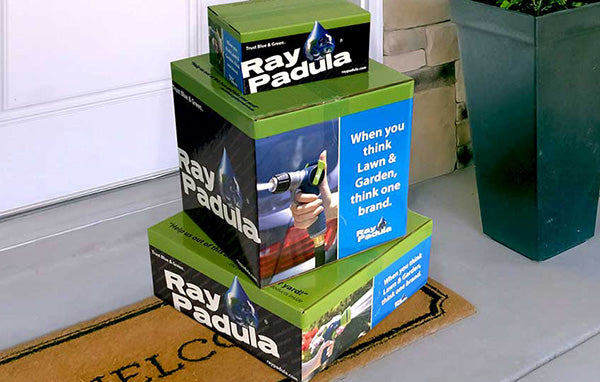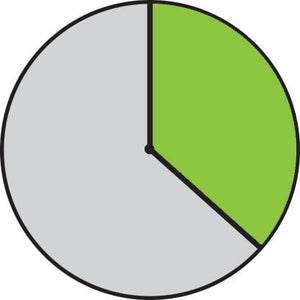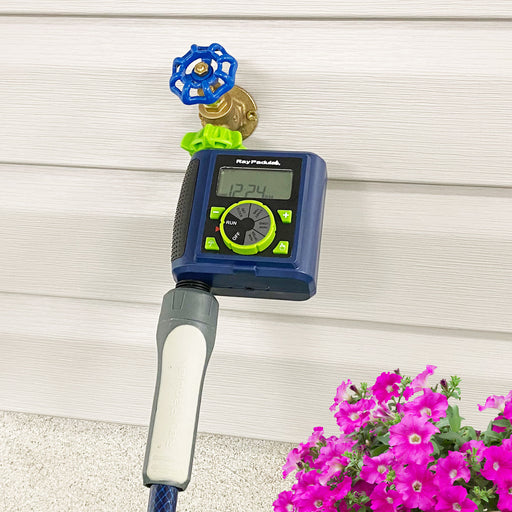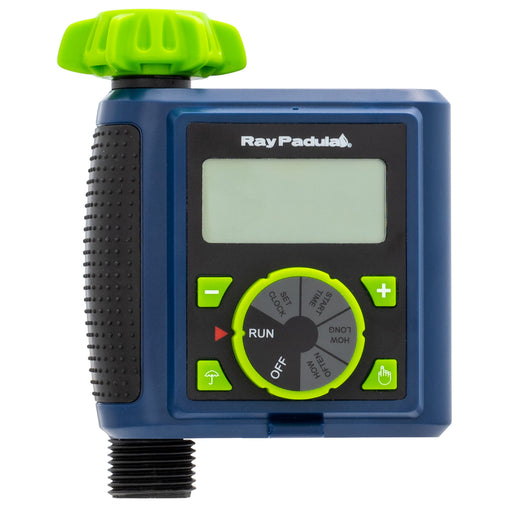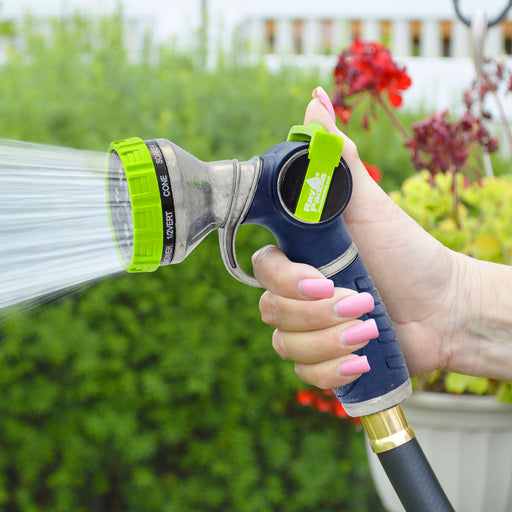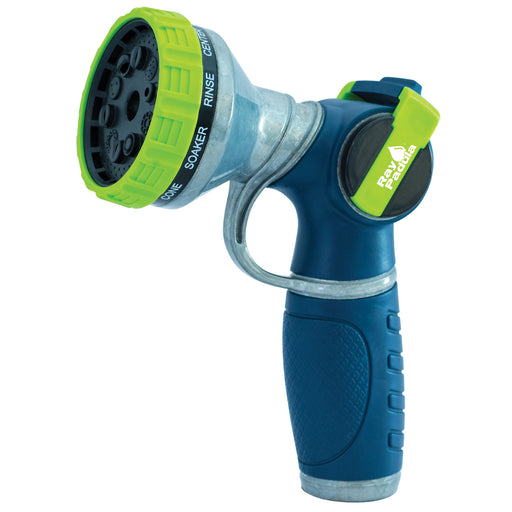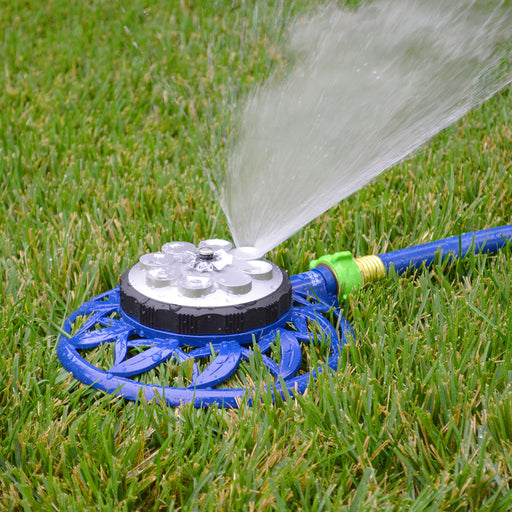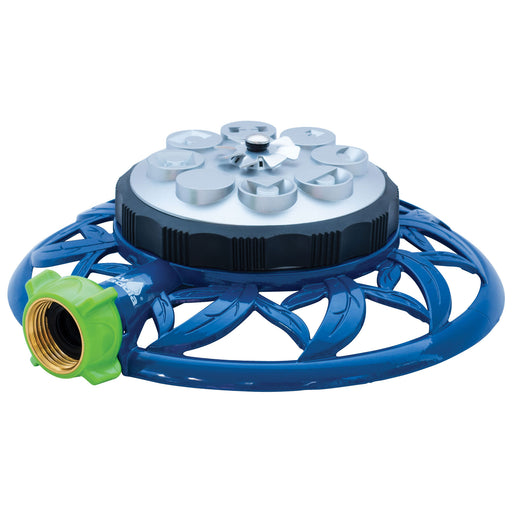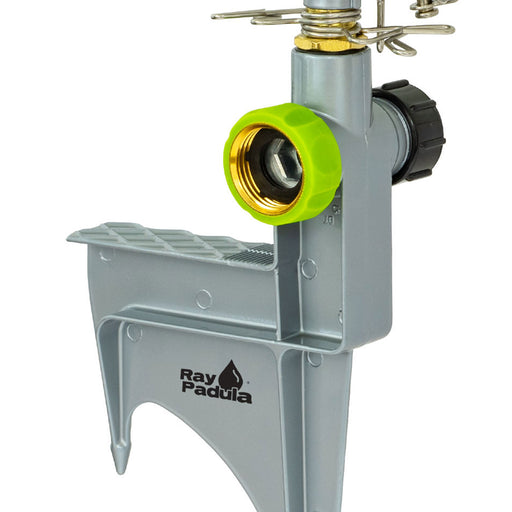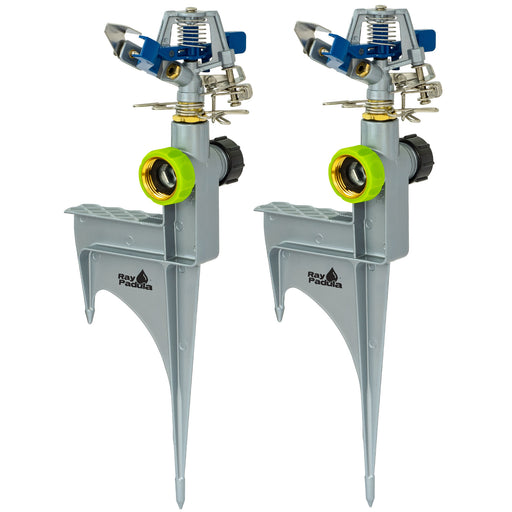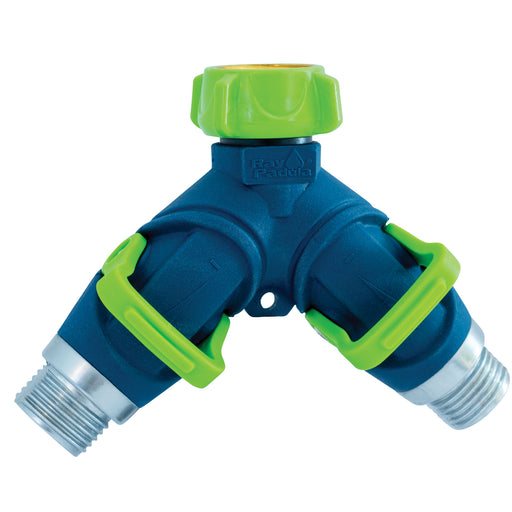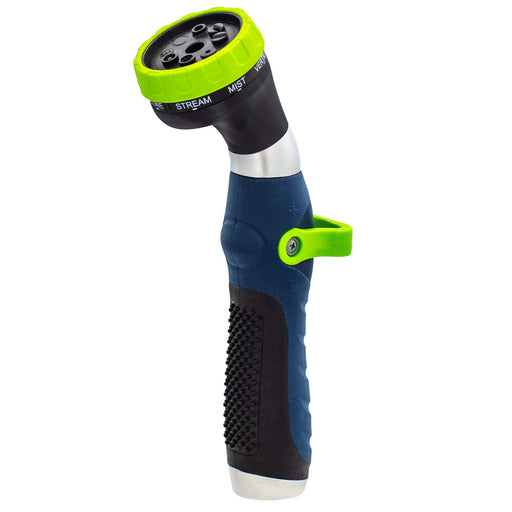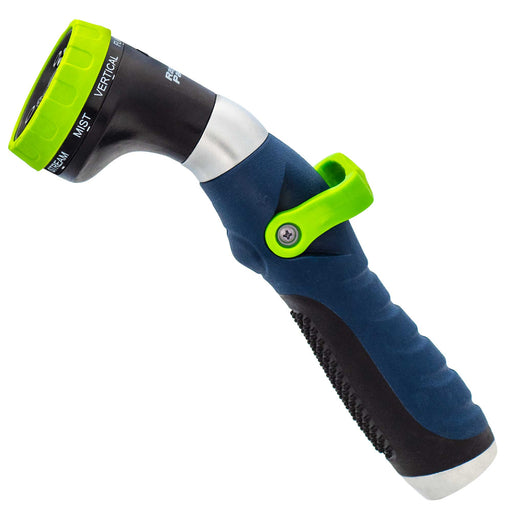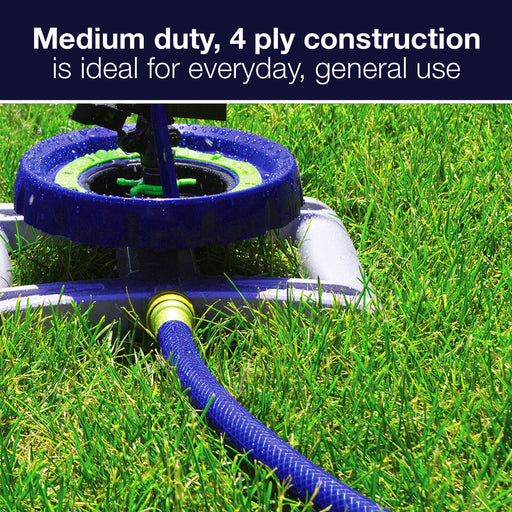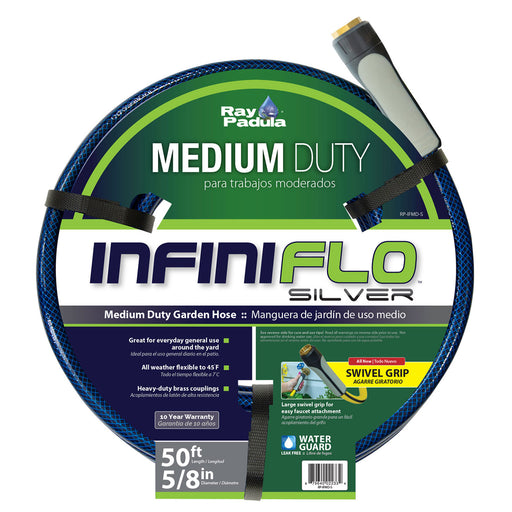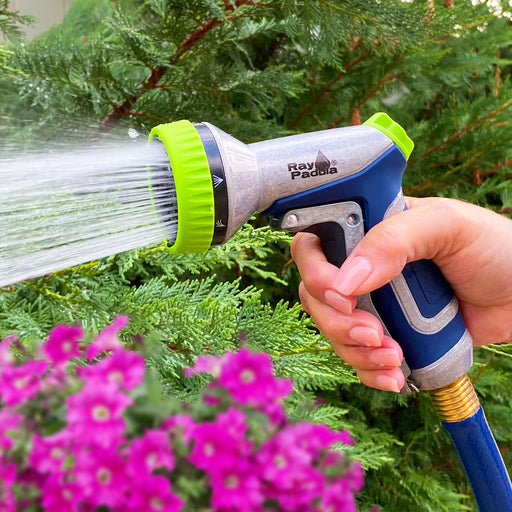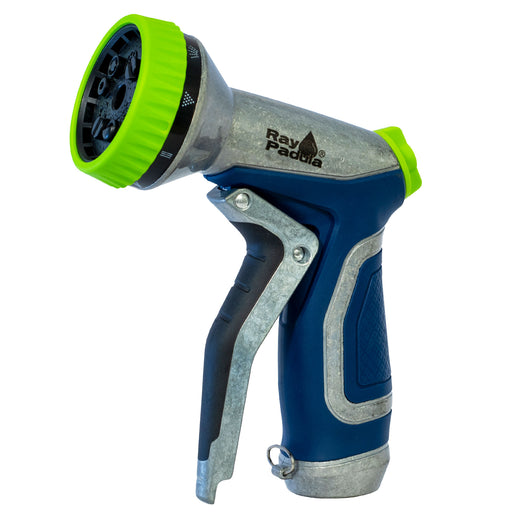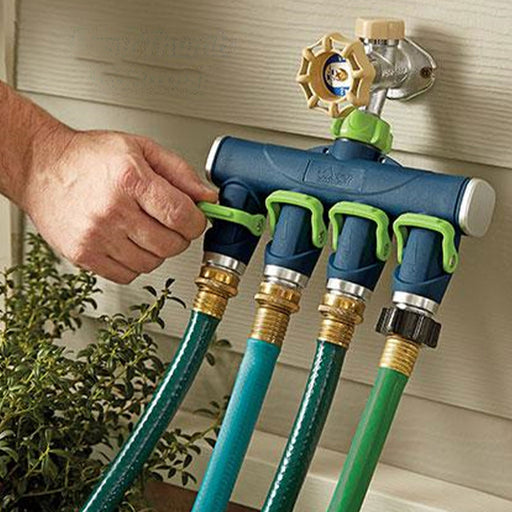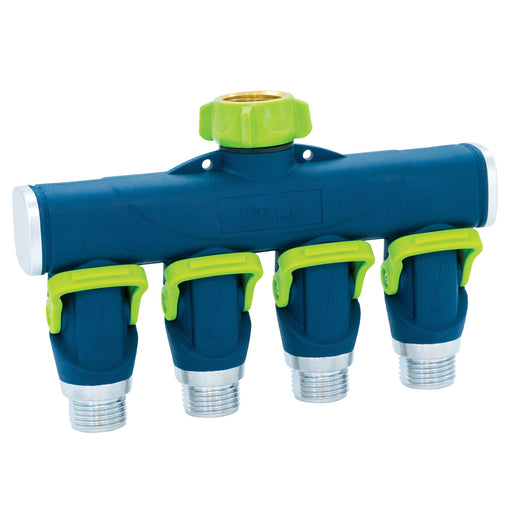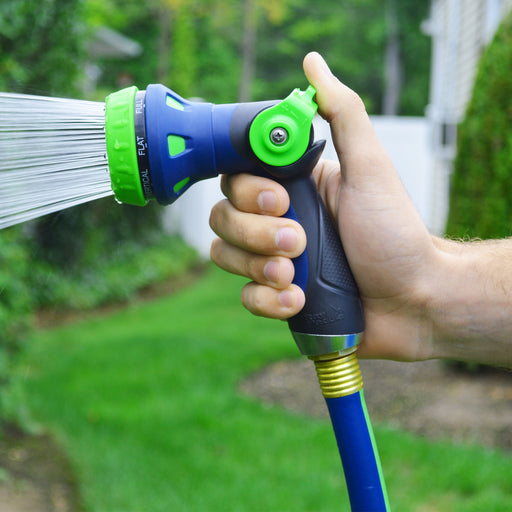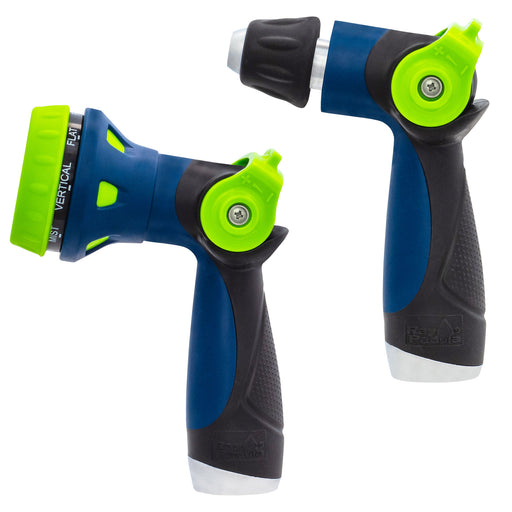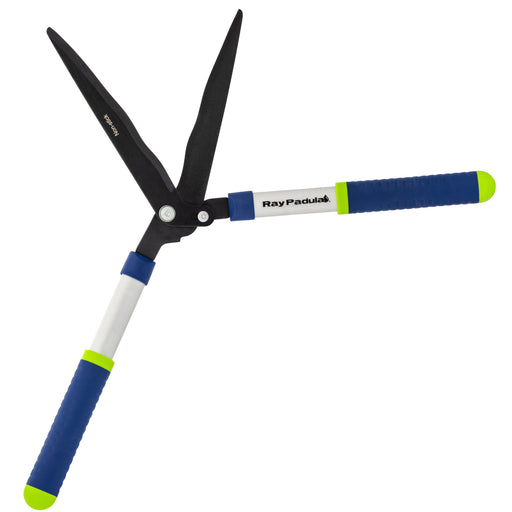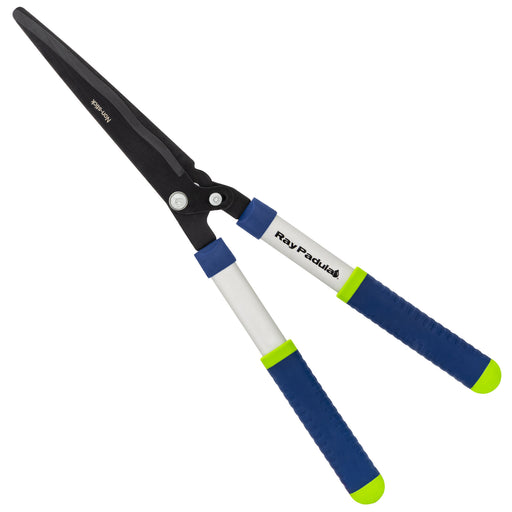
Throughout the seasons, there have been many techniques handed down from gardener to gardener, and shared neighbor to neighbor, many of these techniques being simply un-true. Here are the top 10 most common lawn myths.
Myth 1
Cutting off more of the grass or mowing shorter means I don't have to mow as often. Rule: When mowing, you should never cut off more than one-third of the grass blade in any one mowing. Therefore, the shorter you mow, the less of the blade you should remove to maintain a strong, healthy lawn. For example, during the growing season a cool season grass that is mowed at 2 inches will need to be mowed every 5 days, and if mowed at 3 inches will need to be mowed about every 7 days. Mowing shorter causes the grass to require additional water, more fertilization, and makes the grass susceptible to disease, pests, and weeds.
Myth 2
To keep a lawn in good condition, you should water daily. Rule: It is best to water less frequently, and more deeply. Applying 1-inch of water once a week during the hot summer months will help to build and maintain a strong root system. When water is applied a little each day, the root system raises up in the soil to meet the water, which weakens the plant.
Myth 3
Grass clippings must be removed or bagged at each mowing. Rule: If you are mowing no more than one-third of the blade off with each mowing, the clippings will be small enough to leave on the lawn. The clippings will decompose, adding additional nutrients back into the soil. You can also attach a mulching blade to your mower to cut the blades into a fine clipping.
Myth 4
Grass clippings cause thatch. Rule: Grass clippings are not thatch. Thatch is a layer of dead and living grass roots, stems, and shoots that are located between the soil and the grass blades. Thatching is done on cool season grasses in early fall. Warm season grasses are de-thatched in late spring or early summer when the lawn is actively growing. Many of today's grass varieties do not produce a heavy thatch.
Myth 5
I need to lime my lawn each year. Rule: In many areas of the country it is thought that the lawn needs to be limed each season. Liming is done to make an alkaline soil more basic, therefore bringing the pH level into optimum range for growing grass. Liming should only be done if recommended based on a soil test. You can get a soil test through your local garden center, or most county offices.
Myth 6
Seed heads should be allowed to seed the lawn. Rule: In order to maintain a strong lawn, grasses should be mowed prior to seed heads being produced. This will help to prevent the grass from thinning out and allowing weed growth. Most grass seed heads that are produced need a period of 4-6 weeks to produce viable seeds.
Myth 7
Spring is the best time to reseed your lawn. Rule: The best time to reseed a cool season grass is early fall, and warm season grasses should be seeded prior to July.
Myth 8
Spring is the best time to fertilize the lawn. Rule: If you are fertilizing only once per season, the best time for a cool season grass is early fall, and the best time to fertilize a warm season grass is late spring and again in late summer. There are many fertilizer programs available that will provide the correct scheduling and type of fertilizer for your local area. Whenever fertilizing, be sure to follow all instructions on the label, and choose a fertilizer recommended for your area and grass type.
Myth 9
Leaves must be raked off the lawn or they will kill the grass. Rule: If you have many trees in your yard, the majority of leaves will need to be removed. However, the last of the leaves can be mulched, or left on the lawn to help add natural fertilizer, while also improving the condition of the soil. If you only have a few leaves and trees in your yard, you may only need to mulch them with your mower as they fall.
Myth 10
Watering is best done at night. Rule: Watering at night promotes fungus and disease in the lawn because the water does not evaporate easily. Afternoon watering can be wasteful because a lot of the water evaporates before it can get down into the soil. The best time to water is in the early morning before the sun is high. This will allow the water to reach the depth of the soil, without evaporation, while also ensuring your lawn is dry before nightfall. Investing in an automatic timer, allows for automatic watering each day.
Legal Disclosure:
This post is provided for informational, educational purposes only. This information is intended to provide general guidelines. Because tools, products, materials, techniques, and local codes are constantly changing, Ray Padula Holdings assumes no responsibility for the accuracy of the information contained herein and disclaims any liability for the omissions, errors, or outcomes of any projects or tasks completed. It is the responsibility of the reader to ensure compliance with all local laws, rules, codes, and regulations for any projects completed. If there are any questions or doubts regarding any elements of any information provided, consult a local, licensed professional.


